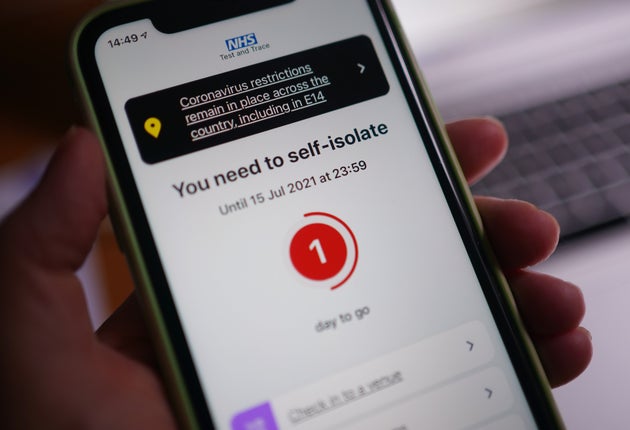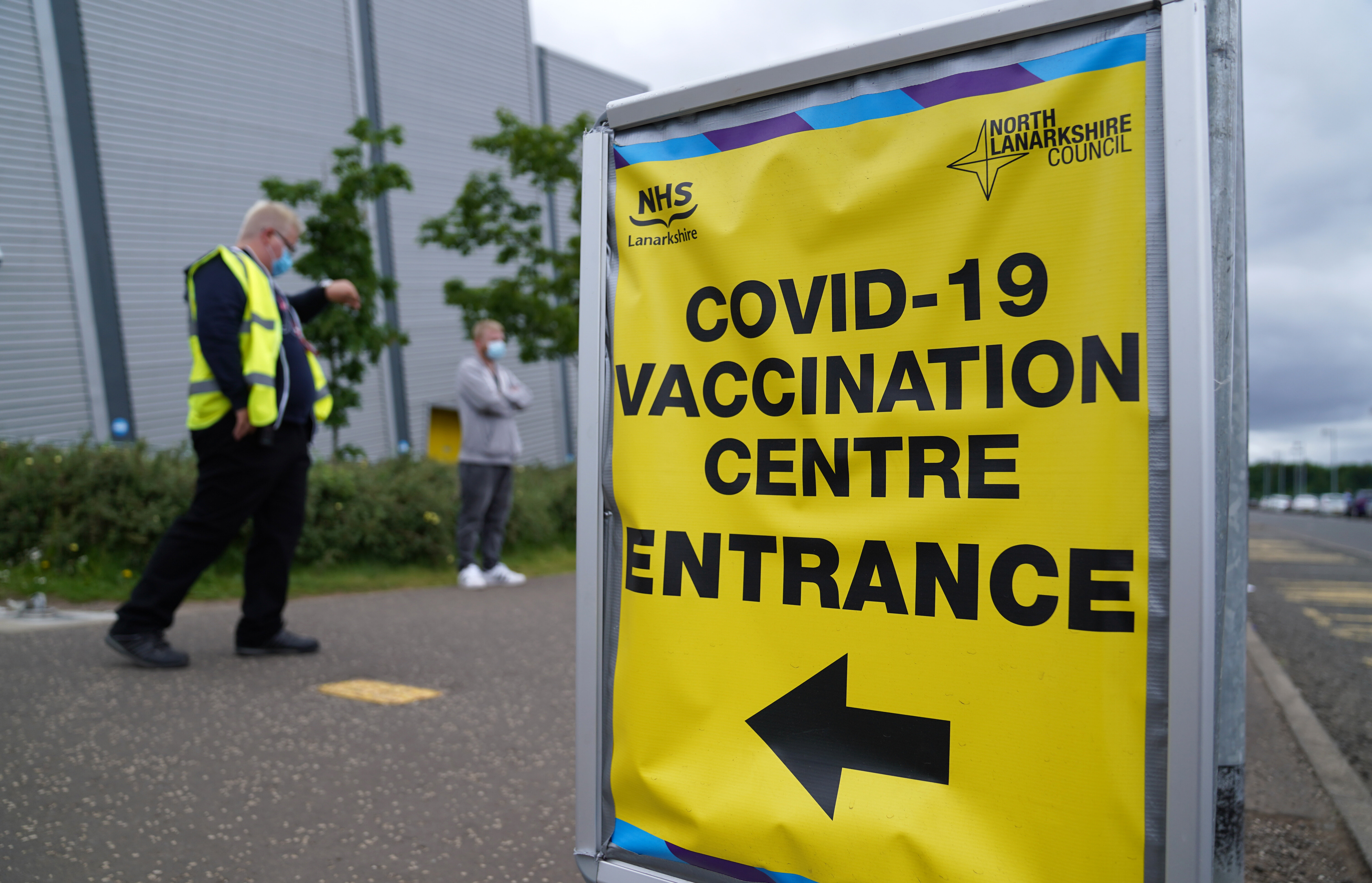
England’s Covid R number has fallen slightly week on week and is now between 1.1 and 1.4, according to the latest government figures.
Because the figure is still over 1, it means the epidemic is still growing.
R represents the average number of people each Covid-19 positive person goes on to infect.
An R number between 1.1 and 1.4 means that, on average, every 10 people infected will infect between 11 and 14 other people.
The growth rate is between 2% and 5% – meaning the number of new infections is growing by between 2% and 5% every day.
That is a week-on-week fall from between 4% and 6% the previous week.
Here’s what the R rate is in each region of England:
East of England – 1.3 to 1.5 (unchanged)
London – 1.2 to 1.5 (up from 1.2 to 1.4)
Midlands –1.1 to 1.4 (down from 1.2 to 1.4)
North-east and Yorkshire – 1.1 to 1.5 (down from 1.2 to 1.5)
North-west – 1.0 to 1.2 (unchanged)
South-east – 1.2 to 1.5 (unchanged)
South west – 1.2 to 1.5 (down from 1.3 to 1.5)
The latest estimates are provided by the UK Health Security Agency.
However, they represent the transmission of COVID-19 two to three weeks ago, due to the time delay between someone being infected, developing symptoms, and needing healthcare.
The government’s daily “dashboard” over the past week has seen a sharp drop in the week-on-week number of cases, prompting some to claim the UK has reached “herd immunity” due to its high vaccination rate curbing transmission.
One unnamed minister even went as far as to claim the pandemic here was “all over bar the shouting”, but Boris Johnson has said it is too early to tell.
Imperial College London professor Neil Ferguson predicted that by October the country would be looking back at the ‘bulk’ of the pandemic, although some scientists are still puzzled by the recent drop in cases.
Meanwhile, figures supplied by the Office for National Statistics (ONS) showed that around one in 65 people in private households in England had Covid-19 in the week to July 24 – up from one in 75 in the previous week.
This is the highest level since the week to January 30.
One in 65 is the equivalent of 856,200 people, up from 741,700 in the previous week – though there are “possible signs” that the rate of increase may have slowed, the ONS said.
In Wales, around one in 160 people are estimated to have had Covid-19 in the week to July 24 – up from one in 210 in the previous week, and the highest level since the week to February 12.
In Northern Ireland, the latest estimate is around one in 65 people, up from one in 170 and the highest level since the week to January 30.
For Scotland, the ONS estimates that around one in 110 people had Covid-19 in the week to July 24, down from one in 80 in the previous week.
The percentage of people testing positive for Covid-19 is estimated to have increased in all regions of England, apart from eastern England and south-west England where the trend is uncertain, the ONS said.
North-east England had the highest proportion of people of any region likely to test positive for coronavirus in the week to July 24: around one in 30.
North-west England had the second highest estimate: around one in 45.
Eastern England and south-west England had the lowest estimates: around one in 100.


